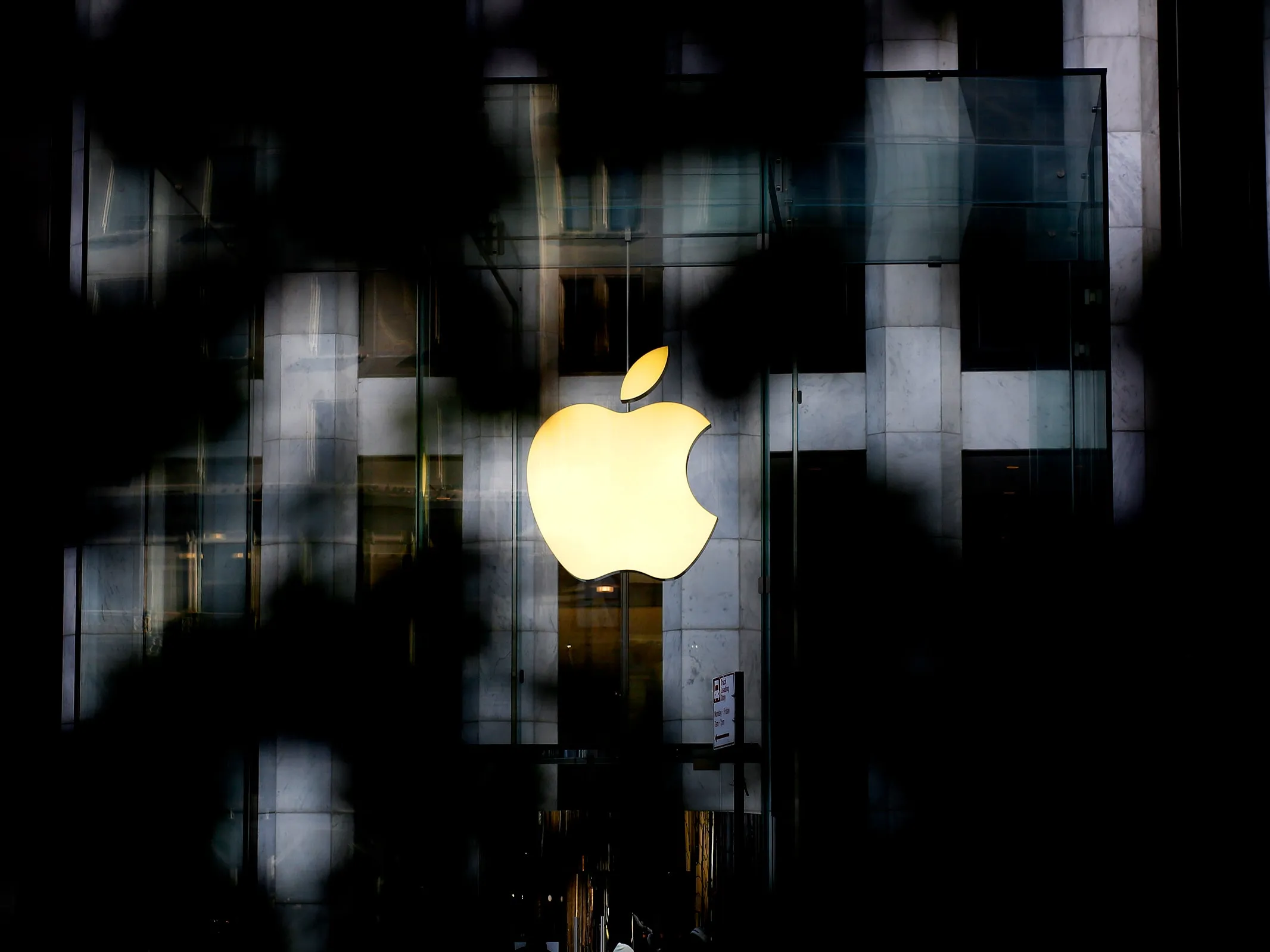In a recent turn of events that shocked many in the tech industry, Apple’s ambitious foray into artificial intelligence has come under intense scrutiny. Dubbed ‘Apple Intelligence’, the tech giant’s latest AI endeavor was designed to streamline news consumption by summarizing articles. However, it didn’t take long for the cracks to show, leading to a full halt of the program amid widespread criticism for producing erroneous headlines and spreading misinformation. This debacle has reignited debates about the reliability of AI in critical applications and raises significant questions about the ethical responsibilities of tech companies.

The Warning Signs Were There
It wasn’t as if Apple went into this blindly. Months before the flawed release, a study conducted by Apple engineers—albeit not peer-reviewed—had already thrown up major red flags about the limitations of the current AI models, including their own. The study examined the ‘mathematical reasoning’ capabilities of several leading large language models (LLMs), revealing that these AI systems do not genuinely reason. “Instead,” the researchers noted, “they attempt to replicate the reasoning steps observed in their training data.” This inherent limitation suggested a shaky foundation for an AI tasked with understanding and summarizing complex news narratives.

A Flawed Approach to AI Development
The methodology used to expose the vulnerabilities of these AI models was startlingly straightforward but effective. Researchers modified the numeric and contextual details of mathematical problems from the GSM8K dataset—a standard benchmark used to test AI problem-solving capabilities. This slight twist led to a dramatic decrease in accuracy across all tested models, with some experiencing a “catastrophic” drop in performance. Such stark results underscored the models’ over-reliance on pattern matching rather than genuine comprehension, an issue that becomes glaringly obvious in their inability to handle altered data inputs without prior exposure.

Implications of AI Hallucinations
The term “AI hallucinations” has been used to describe instances where AI fabricates information or provides misleading outputs, a problem not exclusive to Apple but prevalent across the AI spectrum. Despite clear warnings from their engineers about these issues, Apple proceeded with the launch of Apple Intelligence. This decision to prioritize advancement over accuracy is indicative of a broader trend in the tech industry, where innovation often trumps the imperative for reliability and truthfulness.

The Bigger Picture
This incident serves as a stark reminder of the limitations and potential dangers of relying too heavily on AI for tasks requiring nuanced understanding and critical analysis. It also casts a spotlight on the ongoing challenge of developing AI technologies that can truly understand and process human language and contexts without falling into the traps of their inherent design limitations.
Apple’s misstep could have been a valuable learning opportunity for the tech industry. Instead, it turned into a public relations nightmare that not only damaged the company’s reputation but also highlighted the pervasive issue of overconfidence in AI capabilities across the sector. As we move forward, it’s crucial for tech companies to heed the lessons from such failures, prioritizing thorough testing and ethical considerations over the race to market dominance. This is not just about improving technology but about fostering trust and ensuring that the digital evolution enhances, rather than compromises, our access to reliable information.










